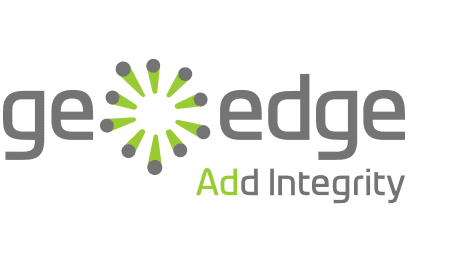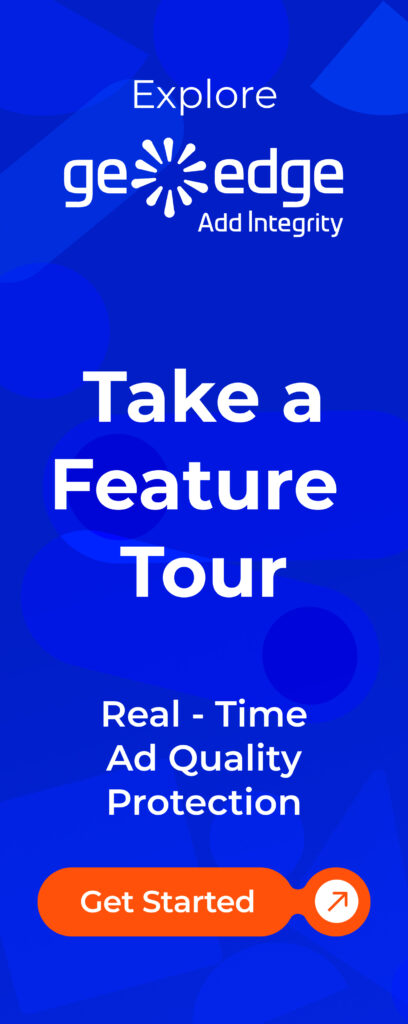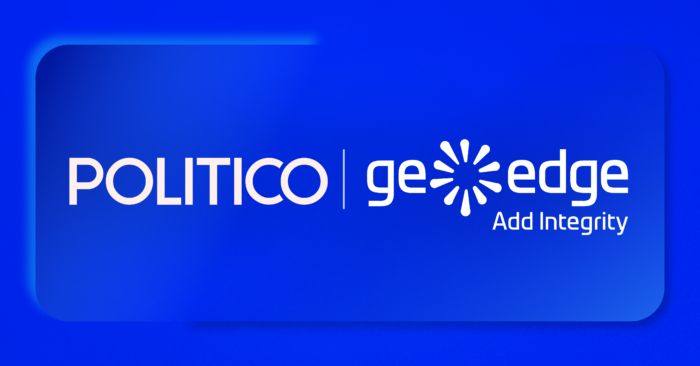Since the onset of 2022, clickbait ads have infiltrated publishers’ sites and damaged user experience and brand reputation, breeding mistrust across the Digital Media industry.
Daily run-ins with malvertising in the form of clickbait creatives have debased publisher brands in the eyes of online readers. Online audiences have become increasingly wary of off-brand and unsafe online ads and are rapidly losing faith in publishers’ ability to ensure safe and engaging experiences.
In recent GeoEdge research into ad quality, we’ve analyzed the prevalence of clickbait ad scams in programmatic advertising and the impact of clickbait creatives on publishers’ revenue. The findings are based on the following:
- GeoEdge’s ad security engines that monitor quality in ad creatives and associated landing pages.
- A sample of billions of ad impressions monitored between January 1 and July 1, 2022.
Some key highlights from the research include:
- GeoEdge has identified the ten forms of clickbait through publishers’ websites. Here’s the top five breakdown: Financial Scams, Misleading Product Offers, Brand Infringement, Tech Support Scams, and Forced Browser Notifications.
More than three-quarters of publishers face ad quality issues that have impacted the user experience on their sites. In contrast, six out of 10 publishers reported that ad quality challenges had negatively impacted their revenue.
- 56% of publishers have identified clickbait ads on their sites, which frustrates users and reduces time spent reading content by 45%.
How do we define clickbait ads?
We identify clickbait creatives as manipulative ads that use psychological techniques to provoke an emotional response in audiences to deceive users. These ads are riddled with misleading headlines and tricks to entice them to click. For example, an ad draws the reader in by promising freebies or discounts that aren’t real.
Top 5 Clickbait Ad Scams
GeoEdge security research has revealed the top five forms of clickbait through publishers’ websites:
1. Financial Scams
Financial scams take advantage of the trust in financial products and services. Some financial scams include fake cryptocurrency exchange sites that trick investors into sending funds with high returns and investment opportunities that promise high returns but take the money and never deliver on their promises.
2. Misleading Product Offers
Misleading product offers are typically promoted via ads to sell unverified products and services that promise miracle cures or excellent results under the guise of health or wellness.
3. Brand Infringement
Brand infringement clickbait ads deceive consumers into clicking on them by using false or misleading claims about well-known brands or celebrities. They may also use similar logos and colors used by prominent companies to make them appear more credible.
4.Tech Support Scams
These scam ads imitate legitimate device (desktop or mobile) security alerts and trick into calling a phone number for help. The scammers try to convince users that the device is infected with malware and charge hundreds of dollars for unnecessary repairs or services.
5.Forced Browser Notifications
The forced browser notifications scam uses so-called ‘forced popup’ ads designed to get the reader’s attention. These forced popup ads will appear while browsing the web and sometimes block out content on websites readers try to view. These forced popup ads frequently contain fake tech support scams or similar malicious software offers.
How Clickbait Appears on Publisher’s Sites
Malvertisers and fraudsters easily enter the programmatic supply chain, pretending to be legitimate advertisers. Let’s take a look at the Digital Advertising Process A-Z:
To kick off the transaction, the DSP or trading desk imports audience data from data providers (e.g. a DMP) to help with targeting the campaign pre-flight, and to optimize targeting throughout the campaign. The campaign creative is submitted, and the creative code is reviewed for quality and compliance issues.
Cloaked campaigns hide their buyers’ real identities within the code and show the scanner different creative than the creative they will ultimately show the end-user. The bogus creative passes review, along with creative from legitimate and “gray-area” advertisers.
The ad exchange aggregates bids from DSPs and inventory from SSPs and ad networks. Buyers connect with sellers in myriad combinations, multiplying the possible paths between advertiser and publisher. The more supply/demand paths, the more ways malicious clickbait creative can pass undetected.
Next, the SSP processes bid requests from a publisher when a user loads one of their pages. The publisher has also sent the SSP criteria for the auction, including pricing floors and information to help align mutually brand-safe ad and page content.
Inaccurate or overly broad content categorization, or other targeting oversights, allow brand-unsafe, malicious, or otherwise undesirable ads to keep moving toward the page.
To optimize revenue, publishers often choose to partner with additional inventory resellers. Some publishers may find a company technically considered a reseller like a trustworthy ad network is one of their best sources of revenue. Other resellers are less scrupulous about their buy-side partners and operate less secure platforms creating an easy entry point for bad ads and arbitrageurs.
The winning creative is fetched from the server and sent to the publisher. The publisher’s ad quality partner provides a final round of automated review. In real-time, ad quality technology partners monitor and block bad incoming ad creative, including cloaking attacks. When creatives get the green light for quality, the ad renders on the user’s screen.
How Publishers Can Prevent Clickbait Ad Scams
The Digital Media industry faces an unprecedented shift in how it interacts with online audiences. As users become increasingly aware of the value exchange between advertisers and publishers, they demand a safe and engaging ad experience. Moreover, the publisher’s ad experience is just as important as the editorial content they produce. Users who visit a site expect that the ads publishers serve will not distract from their experience but rather complement it.
That said, the clickbait problem is only intensifying. To create a holistic user experience that delivers meaningful, relevant engagement and increases user lifetime value, you must consider every aspect of your user journey.
With Real-Time ad quality protection GeoEdge enables publishers to provide value to their readers through high-quality advertising that offers real utility to users. GeoEdge’s automated engines detect and block clickbait from the ten clickbait categories, including the five most prevalent clickbait cases. Eliminating clickbait creatives enables publishers to build a holistic user experience that balances ad quality and user protection. Publishers can earn back readers’ trust, prevent fraudsters from serving ads across their properties and protect advertiser relationships.
To thrive online, publishers must redefine their ad strategy to promote user protection.











